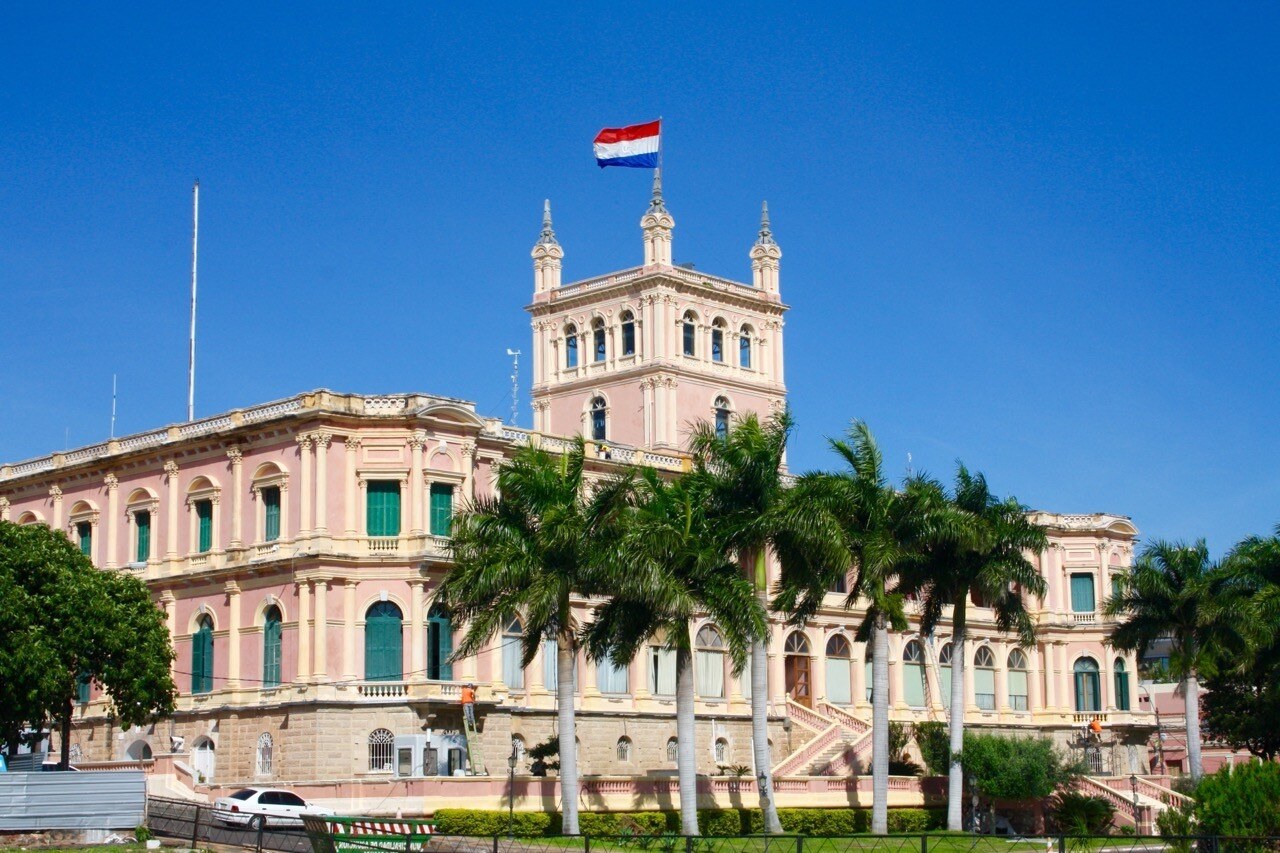
Paraguay, a landlocked country in South America, often flies under the radar compared to its bustling neighbors. Yet, this hidden gem is brimming with intriguing facts that might surprise you. Did you know Paraguay is one of the few countries in the world where the indigenous language, Guarani, is spoken alongside Spanish as an official language? This cultural blend is just the tip of the iceberg. Paraguay is also home to the world's largest hydroelectric power plant, Itaipu Dam, which generates a significant portion of the country's electricity. The nation boasts a rich history, vibrant traditions, and a unique landscape that includes the vast Gran Chaco region. From its fascinating wildlife to its colorful festivals, Paraguay offers a tapestry of experiences waiting to be explored. Whether you're a geography buff or just curious, these facts will surely pique your interest in this captivating country.
Geography and Nature
Paraguay, a landlocked country in South America, is known for its diverse landscapes and rich natural beauty. From lush forests to expansive rivers, this nation offers a unique blend of geographical wonders.
-
Paraguay is bordered by three countries: Argentina, Brazil, and Bolivia. This strategic location makes it a crossroads of cultures and influences.
-
The Paraguay River divides the country into two distinct regions: the Eastern Region, which is more populated and fertile, and the Western Region, known as the Chaco, which is sparsely populated and arid.
-
The Chaco region is home to the Gran Chaco, one of the largest dry forests in the world. This area is rich in biodiversity, hosting a variety of plant and animal species.
-
Paraguay is one of the few countries in the world that is entirely landlocked, meaning it has no coastline or direct access to the ocean.
-
The Itaipu Dam, located on the border between Paraguay and Brazil, is one of the largest hydroelectric power plants in the world. It provides a significant portion of Paraguay's electricity.
Culture and Traditions
Paraguay's culture is a vibrant mix of indigenous and Spanish influences, creating a unique tapestry of traditions and customs.
-
Guarani is one of the official languages of Paraguay, alongside Spanish. It is widely spoken and is an integral part of the country's cultural identity.
-
The Paraguayan harp is a popular musical instrument in the country, known for its distinctive sound and is often used in traditional folk music.
-
Paraguay celebrates its Independence Day on May 14th and 15th, marking its independence from Spanish rule in 1811.
-
Tereré, a cold herbal tea made from yerba mate, is the national drink of Paraguay. It is often shared among friends and family as a social activity.
-
The Ñandutí lace, a traditional Paraguayan craft, is known for its intricate and delicate designs. It is often used in clothing and home decor.
Economy and Industry
Paraguay's economy is primarily based on agriculture, but it also has a growing industrial sector. The country is known for its production of various goods and resources.
-
Paraguay is one of the world's largest producers of soybeans, which is a major export product for the country.
-
The country has a significant cattle industry, with beef being one of its main exports.
-
Paraguay is rich in natural resources, including timber and minerals, which contribute to its economy.
-
The country has a low tax rate compared to other nations, making it an attractive destination for foreign investment.
-
Paraguay's economy has been growing steadily in recent years, with a focus on diversifying its industries and improving infrastructure.
History and Politics
Paraguay has a rich history, marked by periods of conflict and change. Its political landscape has evolved over time, shaping the nation we see today.
-
The War of the Triple Alliance (1864-1870) was a significant conflict in Paraguay's history, involving Brazil, Argentina, and Uruguay against Paraguay. It resulted in a devastating loss for Paraguay.
-
Paraguay was ruled by a series of dictatorships throughout the 20th century, with Alfredo Stroessner being the longest-serving dictator from 1954 to 1989.
-
The country transitioned to a democratic government in 1989, following the fall of Stroessner's regime.
-
Paraguay is a member of several international organizations, including the United Nations and the Organization of American States.
-
The country's political system is a representative democratic republic, with a president serving as both the head of state and government.
Paraguay: A Land of Surprises
Paraguay, tucked away in South America, is full of fascinating surprises. From its unique bilingual culture, with both Spanish and Guarani as official languages, to its rich history, this country offers a lot to explore. Its natural beauty, with the Pantanal wetlands and Chaco region, provides a haven for wildlife enthusiasts. The economy thrives on agriculture, with soybeans and beef as major exports. Paraguayans are known for their warm hospitality and vibrant traditions, like the colorful festivals and traditional music. The country's commitment to sustainability is evident in its renewable energy initiatives, with hydropower playing a significant role. Whether you're drawn to its cultural heritage or natural wonders, Paraguay promises an enriching experience. So, next time you're planning an adventure, consider this hidden gem. Paraguay might just be the unexpected destination that captures your heart.
Was this page helpful?
Our commitment to delivering trustworthy and engaging content is at the heart of what we do. Each fact on our site is contributed by real users like you, bringing a wealth of diverse insights and information. To ensure the highest standards of accuracy and reliability, our dedicated editors meticulously review each submission. This process guarantees that the facts we share are not only fascinating but also credible. Trust in our commitment to quality and authenticity as you explore and learn with us.


